ماژول پتانسیومتر ديجيتال 100کيلو X9C104
X9C104 Digital Potentiometer module helps you simulate the mechanical control of a potentiometer.
contains 99 series-related resistors.
With a microcontroller, you can control the module and select the place where the center pin of the “potentiometer” is connected, anywhere in the 100 points available (at the ends of the group or between the resistors).
in addition the X9C104 potentiometer consists of inserting a hundred resistors with a 1K ohm value.
more over With the pins we can select the number of resistors we want, so we can digitally vary the resistance of the potentiometer.
furthermore also the device dissipates a power of 10 mW and supports resistors with a maximum current of 4.4 mA.
in addition this module has varied applications, can be used as resistive divider, variable resistance, these are used in different schemes with operational amplifiers or other analog circuits.
Features
The X9C104 digital potentiometer module is a variable resistor whose resistance value can be set digitally by a microcontroller.
I in addition it consists of 3 output pins (RH، RW و RL) which can replace a mechanical potentiometer which has 3 pins.
This module has 99 resistance components and its resistor is controlled by a 3-wire interface.
X9C104 100K Digital Potentiometer Module Pinout
This sensor has 10 pins
5 pins on the left side
VCC: Module power supply – 5V
GND: Ground
INC: Changing resistor command
U/D: UP / Down. Adjusting resistor
CS: Chip Select. Active LOW
5 pins on the right side
VCC: Module power supply – 5V
RH: Resistor High
RW: Regulated Resistor
RL: Resistor Low
GND: Ground
in addition thid device dissipates a power of 10 mW and supports resistors with a maximum current of 4.4 mA.
Be careful not to design a circuit in which this current exceeds this maximum, otherwise you may burn the potentiometer.
more over Most of the times, potentiometers are used to generate variable reference voltages and there is no need for significant power consumption, so the maximum current limit of 4.4 mA is sufficient.
These digital potentiometers are for example used in the industrial field.
For example, analog signals generated by various sensors have to be calibrated using Wheatstone bridges made up of variable resistors.
Using digital potentiometers and microcontrollers, signal self calibration systems can be implemented.
You can use the X9C104 module to build a software controlled voltage source or a variable amplifier amplifier controlled by the Arduino plate.
The X9C104 is a 100-order digital potentiometer, specifically X9C102/103/104/503 series, with a resistance range of 40R~100K.
The X9C104 contains 99 resistor arrays inside, which are slid between each unit and at both ends.
The tap point of the unit access, the position of the sliding unit is controlled by the three inputs of CS, U/D and INC.
Once the position is selected, it can be stored in the non-volatile memory and can be recalled after the next power-on.
The changes in the digital potentiometer are stepped or incremental, and the resistance changes linearly.
For example, X9C104, with a resistance range of 40R~100K, is divided into 100 steps, and the increment of each tap point is 1010R. Temperature compensation function: resistance error between terminals: ±20%; sliding position data can be saved for a long time; high resistance resolution: 1%.
1. Working voltage (V): 5
2. Total resistance (kΩ): 100
3. Terminal voltage (V): -5~5
4. Number of taps: 100
5. Interface mode: CS, U/D, INC
6. Resistance increase mode: linear
7. Working current (mA): 3
8. Package / temperature (°C): 8SOIC/-40~85
9. Description: Automatic saving of tap position
Datasheet x9c102-103-104-503
Note: Images are for reference only See Product Specifications

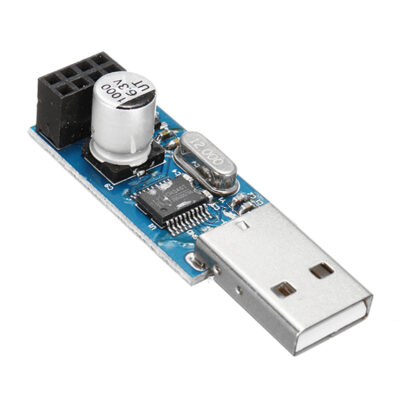
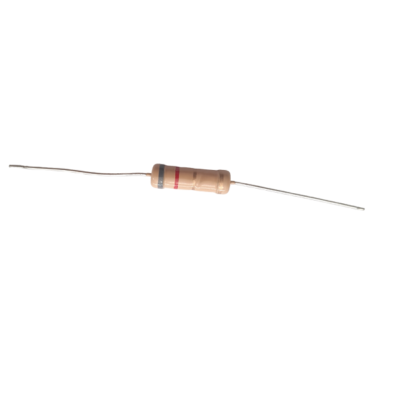
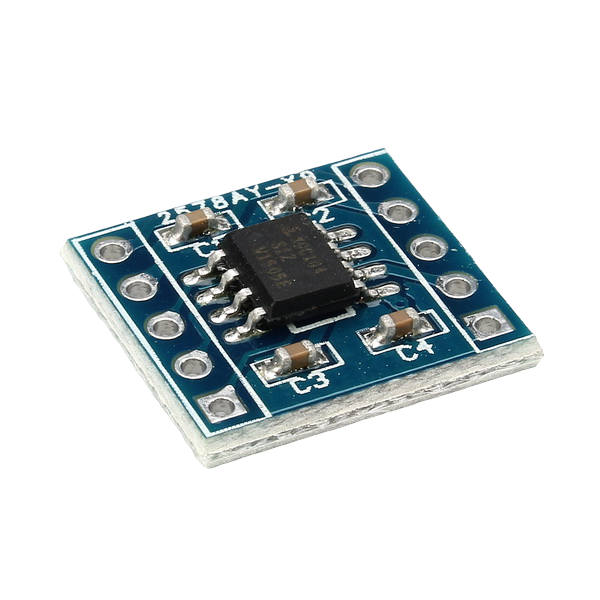
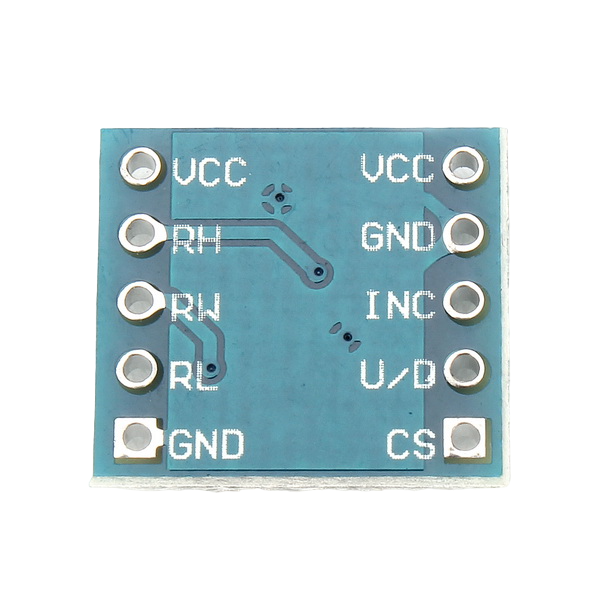
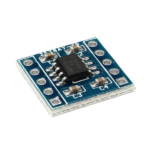
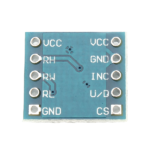


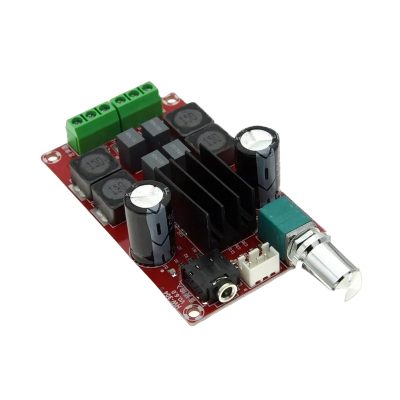
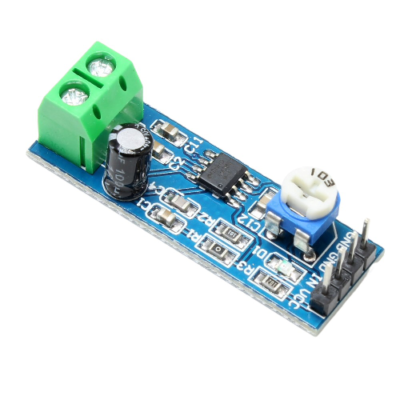
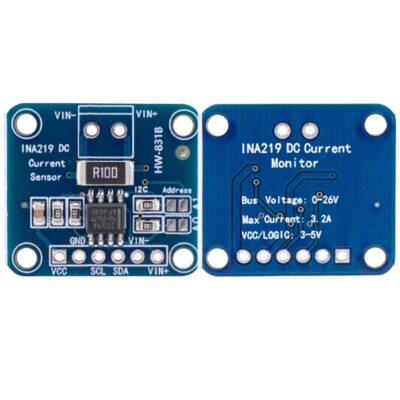
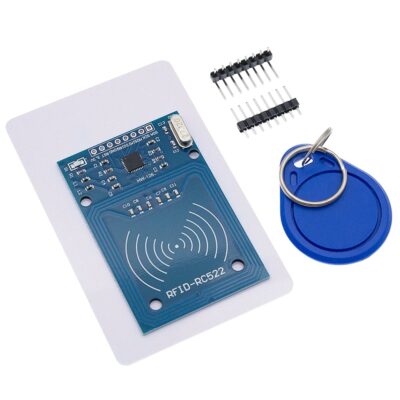
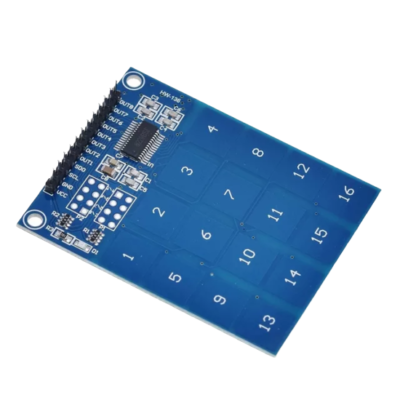
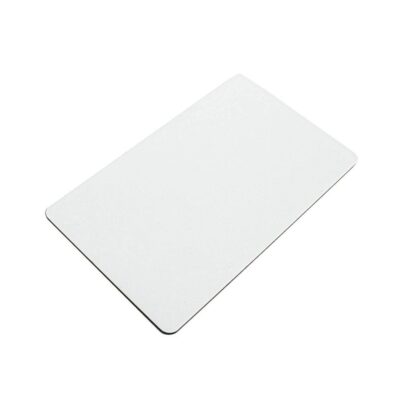

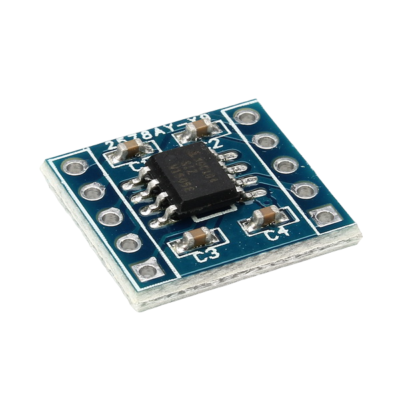
دیدگاهها
هیچ دیدگاهی برای این محصول نوشته نشده است.